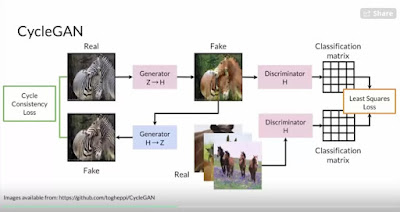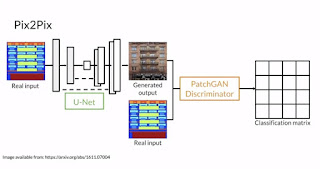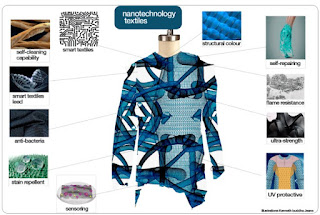Big Sur has Arrived - Apple's Transition to ARM Processor Macs
Apple Computer released their new macOS 11 Big Sur operating system update today.
So note right away that we went from osx 10.15 to macOS 11. A full version bump from 10 to 11, and osx is retired for the new macOS marketing slogan.
Fun Fact - it references itself internally as 10.16 in some mac apis to avoid potential problems associated with code badly tied to version numbers.
Big Sur is the latest wave associated with some fundamental underlying change in the personal computer world. A wave that is a lot bigger then just going from 10 to 11 in marketing speak.
Because you can also order new macs from apple this week that use apple's own ARM RISC processors rather than Intel CISC processors. The same ARM RISC technology that ios devices like iPhones and iPads have been using for quite awhile now.
So now we have 3 different models of macs for sale that use apple's new M1 processor. This is a big deal, and is the reason why the marketing speak went from 10 to 11 (Spinal Tap fans cheer in delight that they turned it up to 11).
The new M1 processor has 8 CPU cores (sort of). It has 4 high performance cores, and 4 efficiency cores. It also has a 8 GPU core GPU. It has 16 billion transistors. The M1 is a true SoC (system on a chip), and includes the functionality of what was previously several discrete chips inside of mac laptops (I/O controllers, SSD and security controllers on a single chip substrate.
It also has a 16-Core Neural Engine in it, something available on ios devices before (used for the ios face detection unlocking feature), but not on macs before.
Here's some more info on that mysterious neural engine. Which has no public api (of course). Is apparently 16 bit (runs the neural net in 16 bit floating point for speed). And which may or may not actually be used if you run your neural net code using apple's proprietary CoreML library (you have no control over whether your CoreML code runs on the neural engine apparently).
So what's a poor programmer to do with an 8 core cpu that is really 4 performance cores and 4 efficiency cores. I'm guessing you would split off 4 threads for compute intensive multi-processing algorithms to just target the 4 performance cores? But i should do some digging in apple's developer notes to verify this.
Here's a great review of macOS 11 from Ars Technica.
Here's a really good deep dive into the hardware specifics of the new M1 processor.
We have posted before about Nvidias recent purchase of ARM. It's going to be very interesting to see if Nvidia comes out with something of their own like the M1 processor, a single substrate system with multi-cpu cores and multi-gpu cores on the same chip substrate.
...
The more i find out about this particular aspect of the new M1 mac systems, the more annoyed i get. Here's the gist "modern apple computers can no longer be fully used and maintained in 100% offline environments, or in ways that will reasonably ensure that the computer is free of state-ordered tampering".
Basically, they are always calling home to apple via the internet. And if you remove that internet connection, at some point the mac will be rendered a useless hunk of metal. And of course apple is tracking you, every time you use an app, it calls back to apple to tell them what you are doing.
All of this is very obnoxious.



Comments
Post a Comment